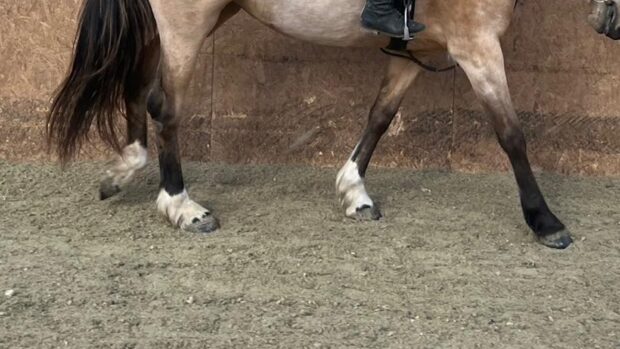The correct diagnosis and treatment of orthopaedic infections (infections located anywhere inside or on the outer surface of the limbs) is challenging to any vet.
Long-standing infections involving vital structures such as bones, joints and tendon sheaths can be particularly difficult to treat, with less than 50% of infected equine fractures healing successfully.
Most commonly seen are infections of synovial cavities (joints, tendon sheaths and bursae) which can be career ending or even life threatening. Some long-standing synovial infections will be virtually untreatable and cause such severe pain that the horse has to be put down.
Do not delay in seeking veterinary advice with any injury, which might be infected. The longer the synovial infection is present, the more difficult and costly it will be to treat, and the more likely it is to result in permanent lameness.
It is always best to remember that what at first appears to be a minor injury can end up as the most serious. Any deep puncture wounds should be considered as much of an emergency as larger wounds. A puncture into a joint or tendon sheath can cripple a horse, as these structures cannot combat infection and require intensive treatment.
Diagnosis
If there is obvious lameness and a deep wound close to a joint, tendon sheath or bursa, a vet should be contacted urgently. The vet then has to decide if the injury is minor, or more serious and likely to develop into a serious orthopaedic infection.
It can be difficult to be certain because a wound that has penetrated a joint, tendon sheath or bursa is likely to look like any other injury. Most wounds that cause major infections appear minor and innocuous initially, apart from their position. The majority of horses are lame but the degree of lameness is variable.
If there is any serious concern that a joint or similar has been infected, the vet will do further special diagnostic tests to establish the seriousness of the condition.
Theses can include:
- taking a fluid sample from the joint or tendon sheath to look for signs of infection
- x-rays or scans to find out what is happening inside the joint
- laboratory tests on infected joint fluid to find out how severe the infection is
Treatment
If a joint or other delicate tissue is infected, the horse is likely to require a general anaesthetic and surgery to clean the affected area. For a joint or tendon sheath this will involve flushing litres of sterile saline through the damaged area to eliminate the infection.
It may be difficult to remove everything at once and to be successful the flushing has to be done before any permanent damage has occurred. Repeated flushes and intensive courses of antibiotics may be needed. With a survival rate of 90%, and 81% returning to their previous level of performance, the outlook is always guarded in these cases.
|
||
 |
||


 Get up to 19 issues FREE
Get up to 19 issues FREE TO SUBSCRIBE
TO SUBSCRIBE 


